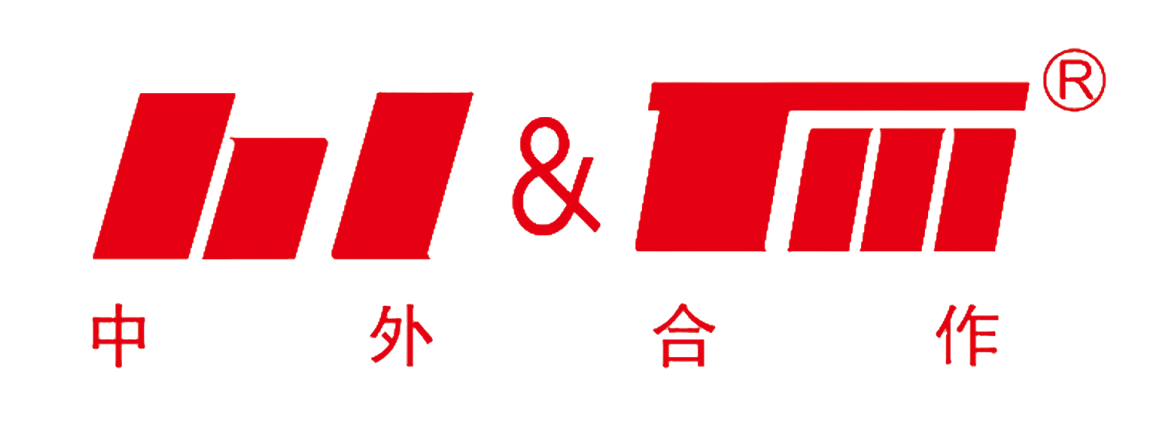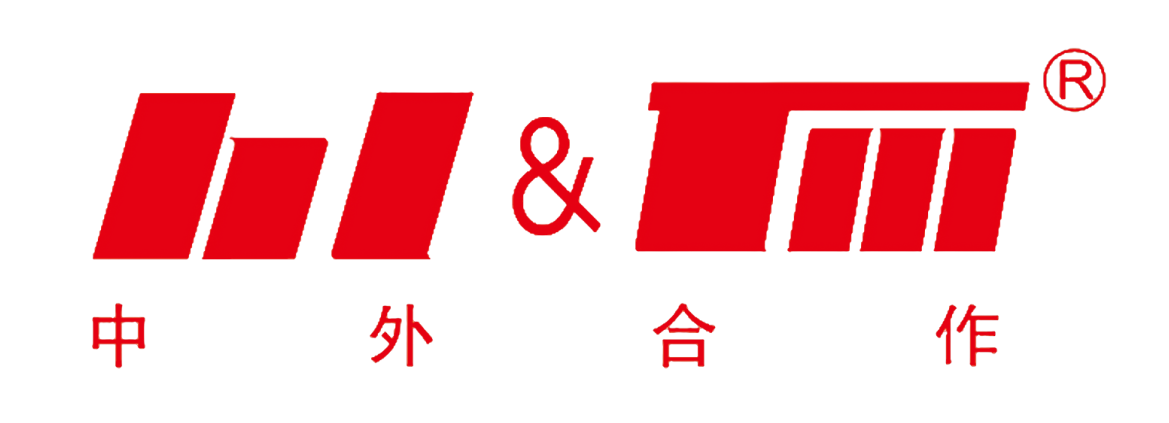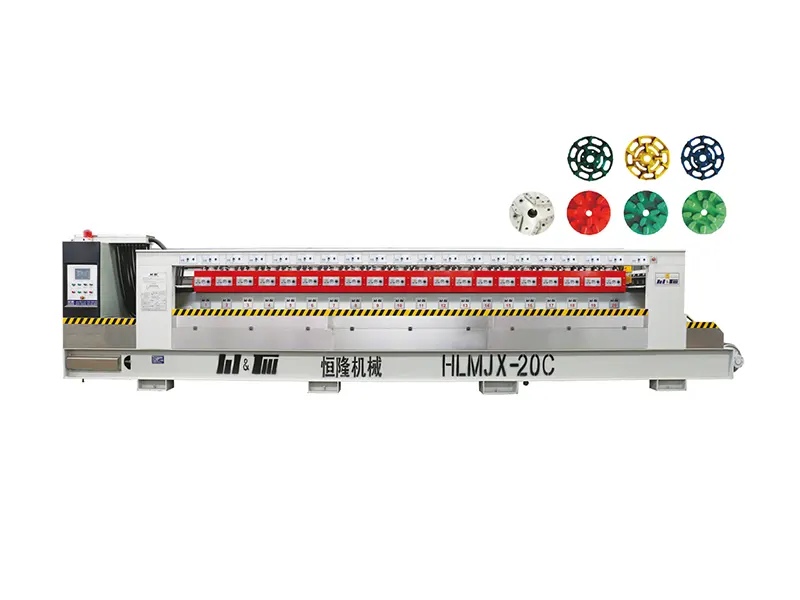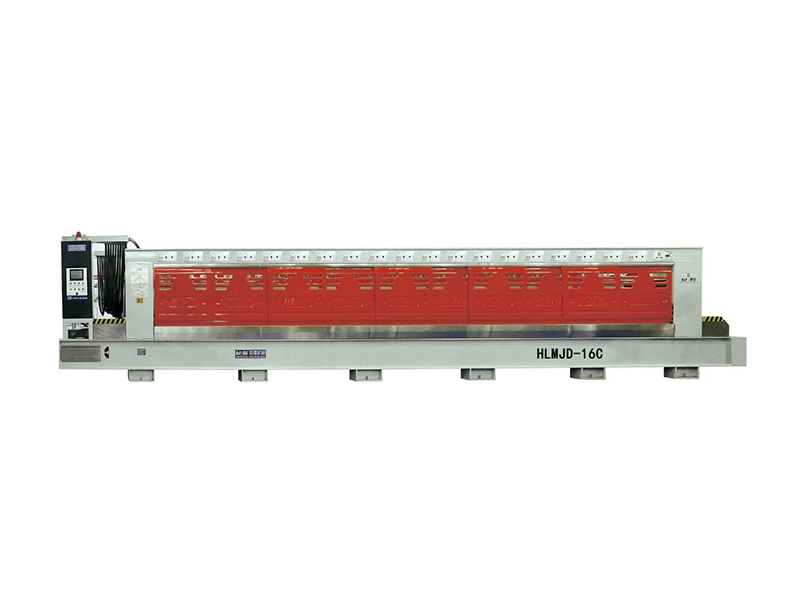Stone Calibrating Machines: Key Features You Shouldn’t Overlook for Optimal Performance
Time:
Mar 12,2025
Stone Calibrating Machines: Key Features You Shouldn’t Overlook for Optimal Performance
In the competitive world of stone processing and decoration, the efficiency of your machinery can make or break your success. Among the critical equipment used in the industry, **stone calibrating machines** play a vital role in ensuring precision and consistency in the finishing of stone products. In this article, we will dive deep into the key features that should not be overlooked when selecting a stone calibrating machine. Understanding these features can significantly impact your operation's productivity and product quality.
Table of Contents
- 1. Introduction to Stone Calibrating Machines
- 2. Importance of Calibrating in the Stone Industry
- 3. Key Features of Stone Calibrating Machines
- 3.1 Precision Engineering
- 3.2 Speed and Efficiency
- 3.3 Versatility
- 3.4 Durability and Build Quality
- 3.5 Technological Advancements
- 4. Maintenance Considerations for Calibrating Machines
- 5. Investment and Cost Analysis
- 6. Future Trends in Stone Calibrating Technology
- 7. FAQs About Stone Calibrating Machines
- 8. Conclusion
1. Introduction to Stone Calibrating Machines
Stone calibrating machines are essential tools in the processing of various stone materials, from granite to marble. Their primary function is to ensure that the stone surfaces are leveled to specific thicknesses and maintain uniformity, which is crucial for achieving high-quality finishes. As stone processing becomes increasingly sophisticated, investing in modern calibrating machines with advanced features is paramount for businesses aiming to stay competitive.
2. Importance of Calibrating in the Stone Industry
Calibrating stone ensures that each piece adheres to the precise specifications required for various applications, ranging from architectural structures to decorative elements. Accurate calibration contributes to:
- Quality Control: Uniform thickness enhances the aesthetic appeal and structural integrity of stone products.
- Cost Efficiency: Properly calibrated materials reduce waste and minimize costs associated with rework.
- Time Management: Streamlined processes lead to faster turnaround times, enabling businesses to meet increasing market demands.
3. Key Features of Stone Calibrating Machines
When selecting a stone calibrating machine, several key features should guide your decision-making process. These aspects can significantly affect the machine's performance and the quality of the finished product.
3.1 Precision Engineering
Precision is the hallmark of any effective calibrating machine. Look for machines that offer high-quality engineering, enabling them to maintain consistent thickness across various stone types. Features like automatic measurement systems and adjustable calibration settings are essential for achieving exact specifications.
3.2 Speed and Efficiency
The speed of operation is crucial for maintaining productivity. Modern stone calibrating machines offer enhanced speed without compromising quality. High RPM (revolutions per minute) capabilities allow for faster processing times, thereby increasing output and enabling quicker project completions.
3.3 Versatility
In today’s market, versatility is vital. Machines that can handle various stone types and thicknesses offer greater flexibility for businesses. Look for machines equipped with adjustable settings that allow operators to switch between different materials easily, maximizing the machine's utility.
3.4 Durability and Build Quality
A durable stone calibrating machine is an investment that pays off in the long run. Machines constructed from high-quality materials can withstand the rigors of daily operations while minimizing maintenance needs. Always consider machines with robust components and protective features against wear and tear.
3.5 Technological Advancements
The stone processing industry is witnessing rapid technological advancements. Features such as CNC (Computer Numerical Control) capabilities provide automated precision and repeatability, drastically improving efficiency. Additionally, machines that incorporate IoT (Internet of Things) technology enable monitoring and diagnostics, helping to streamline operations and preemptively address issues.
4. Maintenance Considerations for Calibrating Machines
Regular maintenance is crucial for ensuring the longevity and efficiency of stone calibrating machines. Users should adhere to the manufacturer's recommended maintenance schedule, which typically includes:
- Routine Inspections: Check for any signs of wear and tear and address them promptly.
- Cleaning: Regularly clean the machine to prevent dust and debris buildup, which can affect performance.
- Lubrication: Ensure that all moving parts are adequately lubricated to maintain smooth operation.
5. Investment and Cost Analysis
When purchasing a stone calibrating machine, it is essential to conduct a thorough cost analysis. This analysis should include not only the initial purchase price but also factors such as:
- Operating Costs: Consider energy consumption and maintenance expenses that contribute to overall operational costs.
- Return on Investment: Evaluate how the machine will enhance productivity and reduce waste, leading to potential savings and increased revenue.
- Financing Options: Explore various financing solutions that may be available to ease the upfront burden of purchasing high-quality machinery.
6. Future Trends in Stone Calibrating Technology
The stone processing industry is evolving, with technology playing an increasingly pivotal role. Future trends may include:
- Integration of AI: Artificial intelligence could optimize calibrating processes by learning from historical data to improve efficiency.
- Sustainability: Eco-friendly machines that reduce energy consumption and waste will likely become more prevalent as businesses strive for greener operations.
- Remote Monitoring: Advanced remote monitoring systems will allow operators to manage and troubleshoot machines from anywhere, enhancing operational flexibility.
7. FAQs About Stone Calibrating Machines
What is a stone calibrating machine?
A stone calibrating machine is a specialized piece of equipment designed to level and thickness stone materials to precise specifications.
How do I choose the right stone calibrating machine for my business?
Consider factors such as precision, speed, versatility, durability, and technological advancements to find a machine that meets your operational needs.
How often should I maintain my stone calibrating machine?
Regular maintenance should follow the manufacturer's guidelines, typically involving routine inspections, cleaning, and lubrication.
What types of stones can be processed with a calibrating machine?
Most stone calibrating machines can handle various types of stones, including granite, marble, quartz, and more, depending on the machine's specifications.
What are the benefits of using a stone calibrating machine?
Benefits include improved quality control, enhanced productivity, reduced waste, and lower operational costs.
8. Conclusion
Investing in the right **stone calibrating machine** is essential for any business in the stone processing industry. By focusing on key features such as precision engineering, speed, versatility, durability, and technological advancements, you can significantly enhance your operational efficiency and product quality. As technologies continue to evolve, staying informed about the latest trends will ensure your business remains competitive. Make informed choices, prioritize maintenance, and you will undoubtedly see the benefits of a well-chosen stone calibrating machine.
RELATED NEWS









